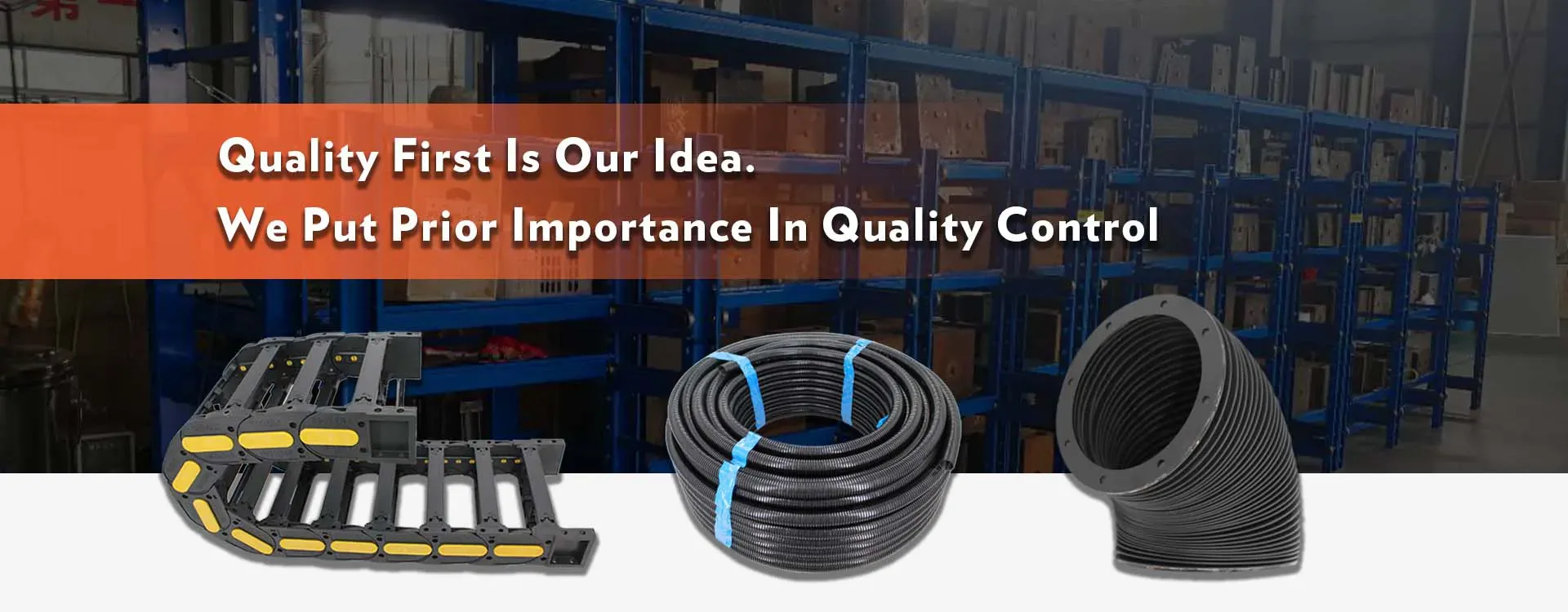cable chain drag
Understanding Cable Chain Drag A Key Component in Cable Management
In the world of industrial machinery and technology, effective cable management is vital for both efficiency and safety. One of the key components in managing cables—especially in moving machinery—is the cable chain, often referred to as a drag chain or energy chain. This innovative system helps organize and protect cables while allowing them to move freely with the machinery, reducing wear and tear and improving overall functionality. Understanding cable chain drag and its applications can greatly enhance the performance of various mechanical systems.
What is a Cable Chain Drag?
A cable chain drag typically consists of a series of connected links that form a flexible and durable channel. These links can move in a linear or circular motion, depending on the application, allowing for the smooth movement of cables and hoses as machinery operates. The design of a cable chain enables it to support multiple cables, tubes, and wires, preventing them from tangling or experiencing excessive strain.
Cable chains can be made from various materials, including plastic, steel, and aluminum, each offering different benefits depending on the specific application. For instance, lightweight plastic chains are often used in environments where weight is a concern, while steel chains are preferred in heavy-duty settings where durability is paramount.
Applications of Cable Chains
Cable chains are commonly used in various industries, including manufacturing, robotics, and aerospace. In manufacturing, they are often found in conveyor systems and CNC machines, where they help to manage the cables that control intricate machinery and tools. The dynamic movement of these machines demands a robust cable management solution, making cable chains an ideal choice.
cable chain drag

In robotics, cable chains facilitate the movement of wiring that connects power sources and control systems to moving parts. They ensure that the cables remain secure and organized, allowing robots to operate smoothly and effectively. Additionally, in the aerospace industry, cable chains protect wiring in aircraft, where the risk of damage is high due to environmental factors and the complexity of onboard systems.
Benefits of Using Cable Chains
The use of cable chains offers several significant advantages. First and foremost, they protect cables from wear and damage caused by friction, bending, and twisting. This not only extends the lifespan of the cables but also reduces maintenance costs and downtime associated with cable replacement.
Additionally, cable chains help improve the aesthetics of machinery and installations by keeping cables organized and out of sight. This can lead to better workspace ergonomics and enhanced safety, as cluttered cables are a common tripping hazard.
Moreover, the modular design of cable chains allows for easy customization and scalability. Businesses can quickly adapt their cable management systems to meet the changing needs of their operations, whether it's adding new cables or altering the layout of machinery.
Conclusion
In conclusion, the cable chain drag system is a vital component in the realm of cable management. With its ability to organize and protect cables in dynamic environments, it enhances the efficiency and safety of various industrial applications. As technology continues to evolve, the importance of effective cable management solutions like cable chains will only grow, ensuring that machinery operates smoothly and reliably. For businesses looking to optimize their operations, investing in a high-quality cable chain system is a step towards achieving greater efficiency and minimizing maintenance challenges.








